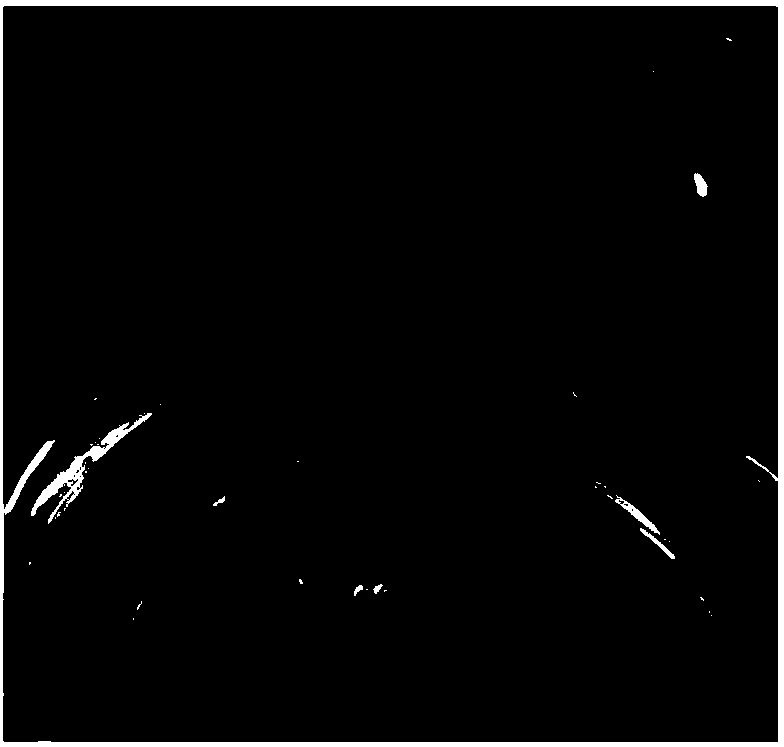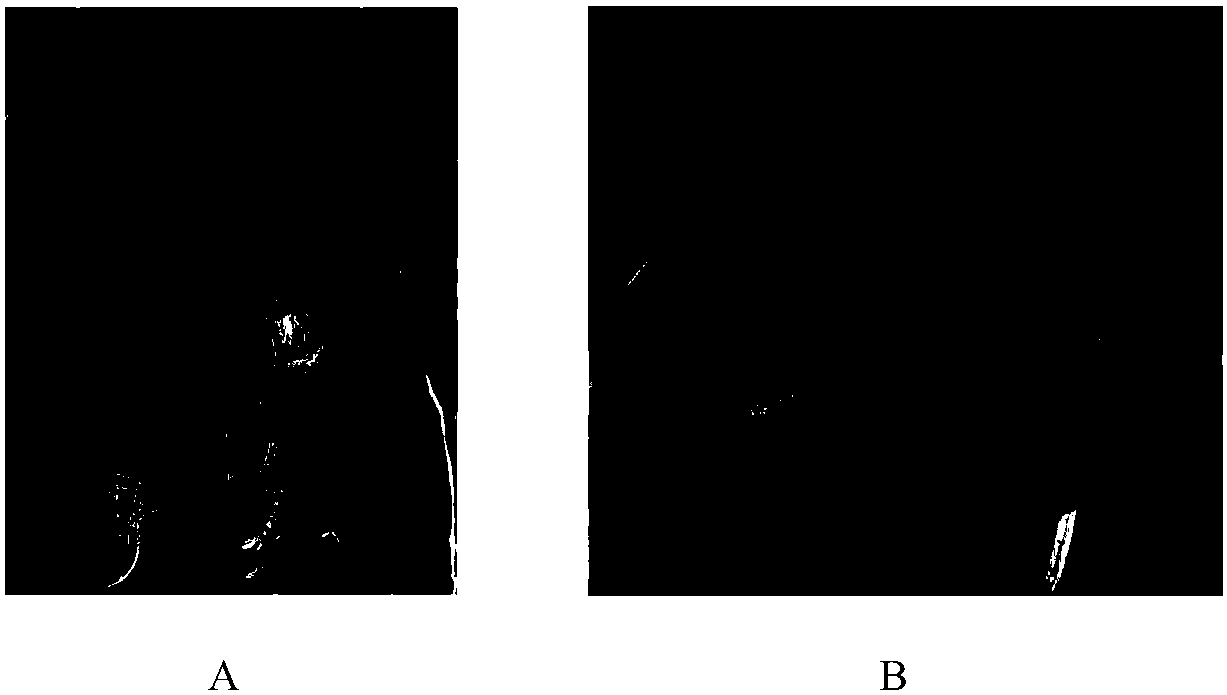A method for removing endogenous bacteria in explants during plant tissue culture
A tissue culture and explant technology, applied in plant tissue culture and biological fields, can solve the problem of inability to remove bacteria in explants such as poplar, and achieve the effect of maintaining vitality and sufficient vitality
- Summary
- Abstract
- Description
- Claims
- Application Information
AI Technical Summary
Problems solved by technology
Method used
Image
Examples
Embodiment 1
[0028] Example 1: Cultivation of explants of Populus americana
[0029] 1. Disinfection of cutting soil
[0030] Mix turf soil, perlite and river sand in a ratio of 6:2:2 as cutting soil, and apply 50% carbendazim (30-40g / m 3 ), mix well, put it into a plastic bag, airtight for 5 days, open it, and dry it in the sun for 2-3 days, then put it into a culture bowl with a diameter of 6 cm.
[0031] 2. Disinfection of cuttings
[0032] Cut the hibernating Populus nigra fringe into 15cm length, rinse with tap water, and remove surface dirt with a soft brush. Afterwards, all the cuttings were immersed in the antibiotic disinfection mixture (200 mg / L amphotericin B and 100 mg / L streptomycin sulfate sterile aqueous solution) and treated for 24 hours. Use sterile filter paper to absorb moisture on the surface of the cuttings, and immerse 0.5 cm of the top of the cuttings in melted paraffin, and then seal the top with wax. The processed cuttings are placed in the nutrient bowl and placed in a ...
PUM
 Login to View More
Login to View More Abstract
Description
Claims
Application Information
 Login to View More
Login to View More - R&D
- Intellectual Property
- Life Sciences
- Materials
- Tech Scout
- Unparalleled Data Quality
- Higher Quality Content
- 60% Fewer Hallucinations
Browse by: Latest US Patents, China's latest patents, Technical Efficacy Thesaurus, Application Domain, Technology Topic, Popular Technical Reports.
© 2025 PatSnap. All rights reserved.Legal|Privacy policy|Modern Slavery Act Transparency Statement|Sitemap|About US| Contact US: help@patsnap.com



